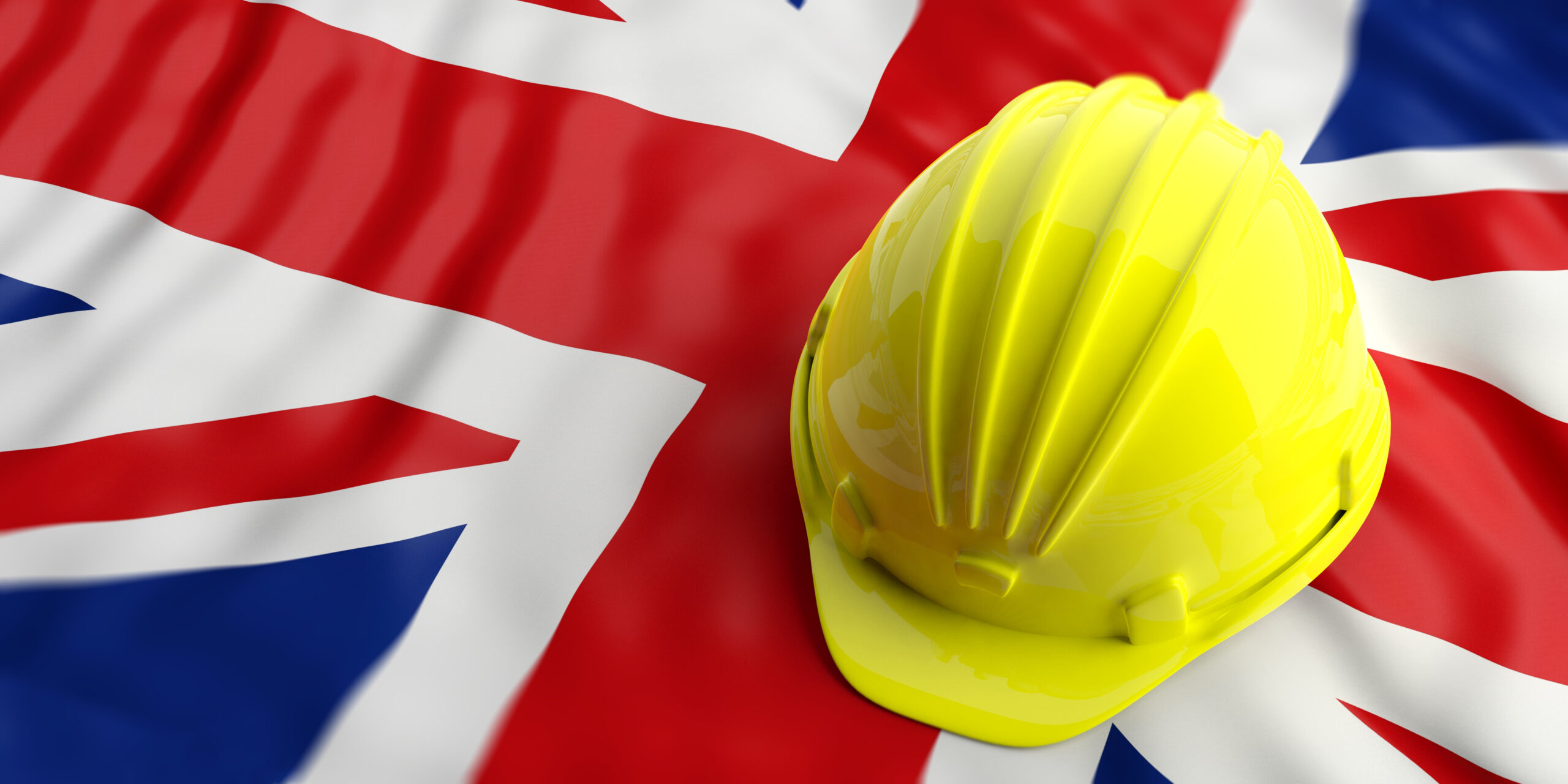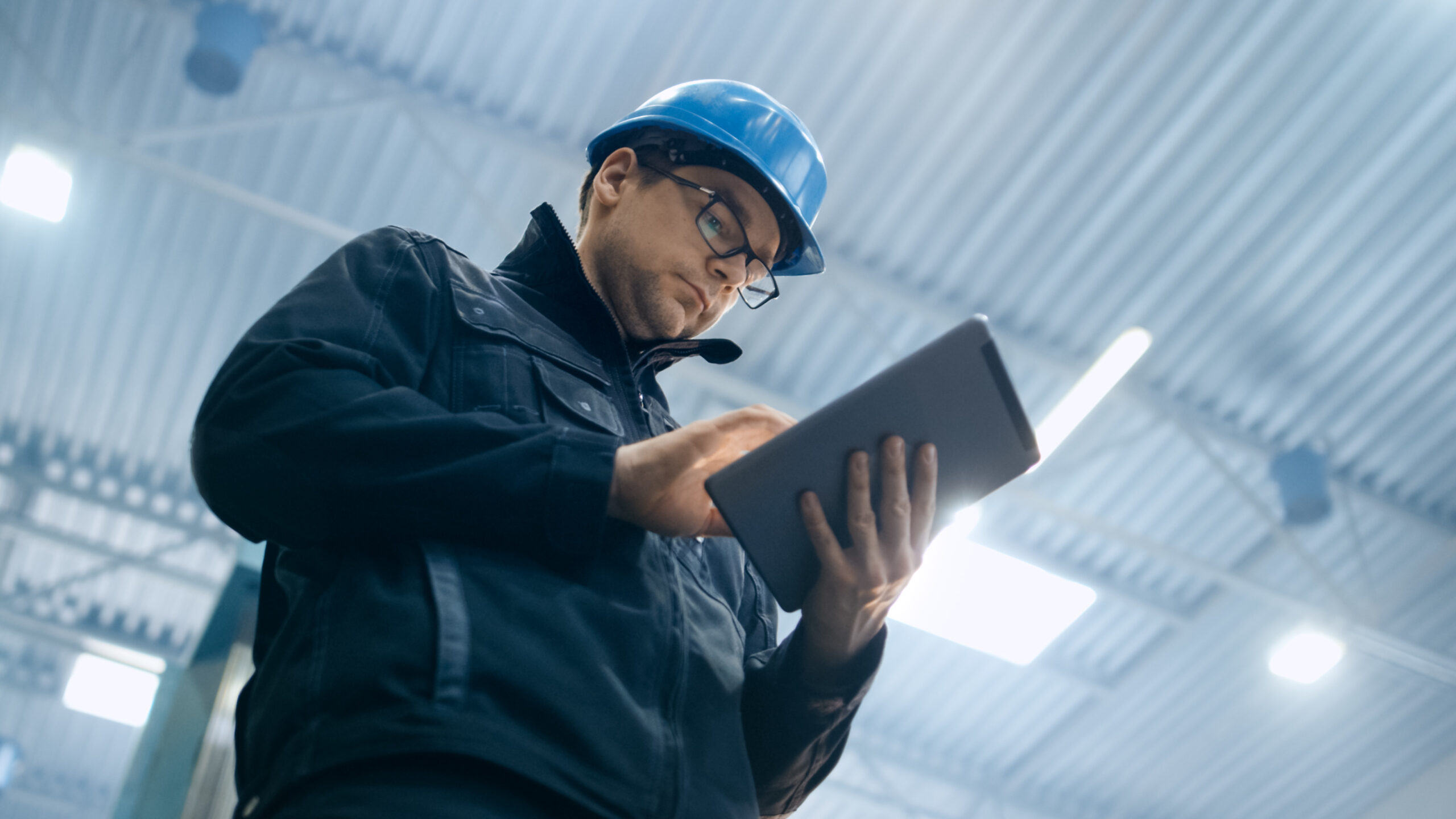Insights
Personal Protective Equipment (PPE) refers to specialised equipment, clothing, and accessories designed to protect individuals from potential hazards and ensure their safety in various working environments. It acts as a barrier between the wearer and different types of risks, including physical, chemical, biological, and environmental hazards.
The Role of Personal Protective Equipment in Ensuring Safety
The primary objective of Personal Protective Equipment is to minimize the risk of injury, illness, or exposure to harmful substances by creating a protective barrier around the body. While PPE plays a vital role in safeguarding individuals, it is important to note that it is only one component of a comprehensive safety program. Other measures such as engineering controls, administrative controls, and safe work practices should also be implemented to minimize risks in the workplace. It should always be considered as the last measure of controlling the risk to ensure the employee’s safety from any residual risk left after considering the other controls.
Types of PPE: A Comprehensive Range of Protective Gear
There is a wide range of personal protective equipment available, including gloves, masks, respirators, goggles, face shields, helmets, hard hats, safety shoes, and overalls. The specific type of PPE required depends on the nature of the hazard present and the tasks performed. For instance, healthcare workers might use gloves, masks, and gowns to protect against biological risks, while construction workers may rely on hard hats, safety boots, and high-visibility vests for head and foot protection.
Ensuring Quality and Compliance: Recognized Safety Standards for Personal Protective Equipment
The recognised safety standard for PPE is usually measured and identified by the BS EN number assigned to them. This is used to ensure its quality, performance, and compliance with safety regulations has been tested and approved.
Employer Responsibilities: Providing and Training on PPE
Employers are responsible for providing suitable PPE to their employees including casual labour including purchasing, maintaining and storing of equipment. They are also responsible for ensuring that employees receive the necessary training in effective use.
Inspections should be carried out to ensure that site rules on PPE are being followed and employees know the importance of wearing the PPE
Benefits of Using PPE: From Worker Safety to Cost Savings
One of the main negatives of providing PPE for employers is the cost. There is an initial outlay for buying the equipment but also the cost of training and maintenance of the equipment. But this negative is outweighed by the cost and outcomes of injuries that using PPE may prevent. Using PPE can bring the following benefits to the company:
- Worker Safety: The primary purpose of PPE is to protect workers from potential hazards and risks in the workplace. PPE acts as a barrier between the worker and potential sources of injury/ illness. Neglecting PPE can lead to severe accidents, injuries, or long-term health problems for employees, which not only affects their quality of life but also results in increased healthcare costs, absenteeism, and decreased productivity.
- Legal Compliance: Health and safety regulations mandate the provision and use of PPE in certain work environments and for certain activities. Ignoring these regulations can lead to legal repercussions, fines, penalties, and damage to the business's reputation.
- Productivity and Efficiency: While cutting costs may seem like a short-term gain, neglecting PPE can have negative impacts on productivity and efficiency in the long run. Work-related accidents or illnesses can cause disruptions, work stoppages, or delays in projects.
- Reputation and Brand Image: Businesses that prioritise safety and demonstrate a commitment to protecting their workers develop a positive reputation and brand image. On the other hand, incidents resulting from the absence of proper PPE can lead to negative publicity and damage the company's reputation.
- Cost Savings: While PPE may have associated costs, the expenses related to workplace accidents, injuries, or illnesses, including medical bills, compensation claims, legal fees, and increased insurance premiums, can far outweigh the initial investment in PPE.
As your H&S consultants/officers we can assist with looking at your current controls and working practices to see if we can reduce the risk by suggesting additional measures and advise on the standards of PPE equipment required for your working activities.
Why choose SafeWorkforce?
At SafeWorkforce we’re able to offer you an outsourcing service for your Health and Safety risk.
So, why choose SafeWorkforce? Well, you’ll gain access to a team of consultants and advisers who are available face to face, email and over the phone 24/7.
They will be able to offer you support and advice
- Health and Safety Policy
- Risk Assessments
- Method Statements
- On-site audits and action plan
- Incidents and accidents
- Support with tenders and accreditations
No matter where you are on your Health and Safety journey we’re here to keep you moving.






